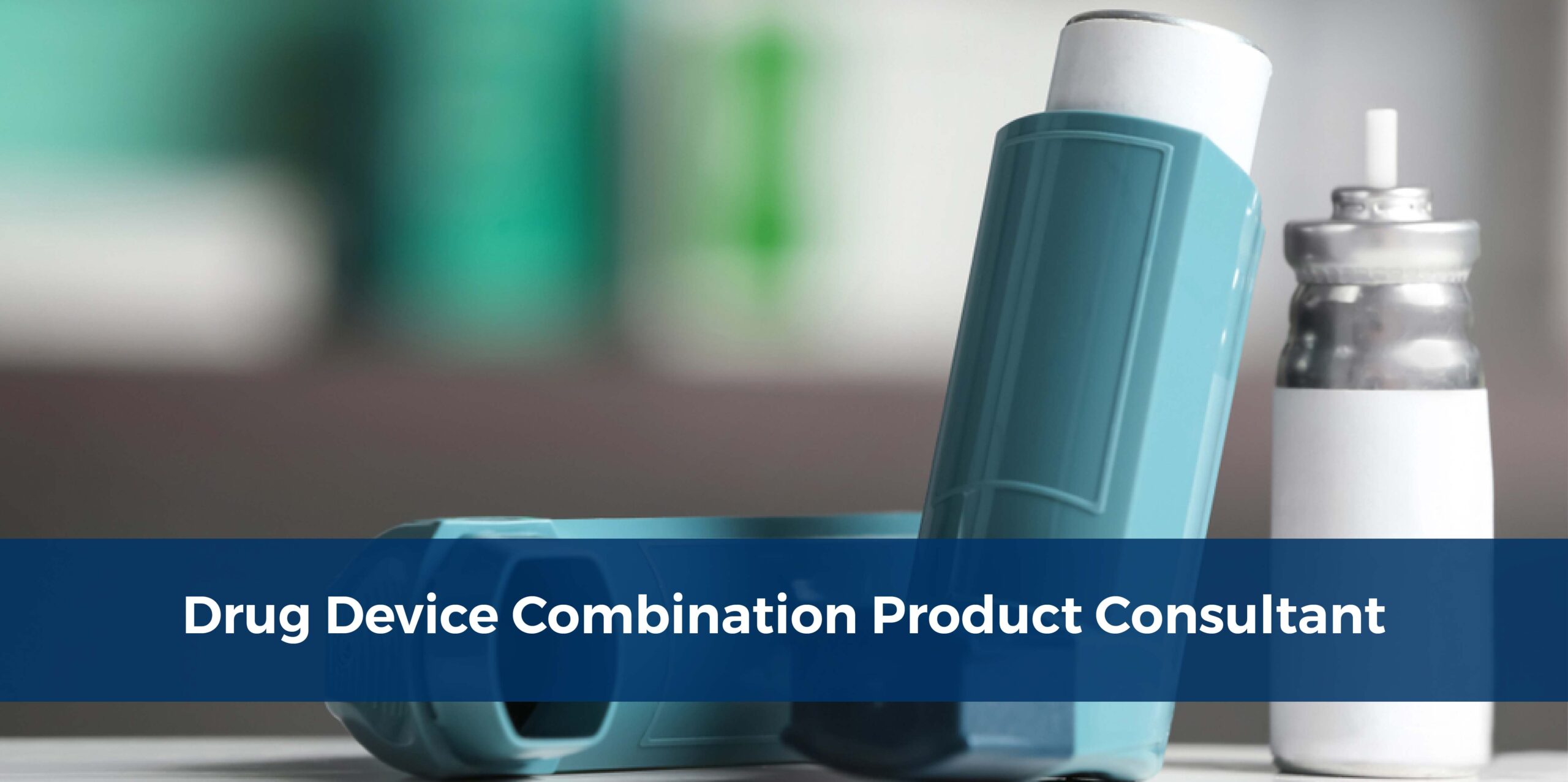Drug Device Combination Product Consultant
Introduction to Drug Device Combination Products
In accordance with the Code of Federal Regulations (CFR), combination products encompass various combinations of medical devices, medications, and biologics. A classic example is the drug-eluting stent (DES), designed to prevent scar tissue in arteries by combining a scaffold with a drug coating. However, modern combination products extend beyond drugs, biologics, and medical devices to include items such as food, nutraceuticals, and cosmetics, often termed as cosmeceuticals. When drugs are integrated with devices, they are referred to as drug-device combinations.

Looking for Medical Device Regulatory Consultant?
Here, we provide consultation for your queries.
Understanding Drug Device Combination Products
A drug device combination product, as defined in 21 CFR 3.2 (e), includes:
- Products composed of two or more regulated components, like a combination of a drug and a device, a biological product and a device, a drug and a biological product, or a combination of all three, blended to form a single entity.
- Bundling two or more distinct products into a single package or unit, where these products can be a combination of drug and device, device and biological products, or biological and drug products.
- Individual drug, device, or biological product packaged separately but intended for use exclusively with an approved and specifically designated counterpart, necessitating potential alterations to the labeling of the previously approved product.
- Investigational drug, device, or biological product packaged separately and intended for use exclusively with another specifically designated investigational counterpart, with both components essential to achieve the intended use or effect.
Examples of Combination Products
Examples of single-entity combination products (where components are physically, chemically, or otherwise combined) include:
- Monoclonal antibody combined with a therapeutic drug
- Device coated or impregnated with a drug or biologic, such as a drug-eluting stent or a catheter with an antimicrobial coating
- Prefilled drug delivery systems like syringes or insulin injector pens
Examples of co-packaged combination products (where components are packaged together) include:
- Drug or vaccine vial packaged with a delivery device
- Surgical tray with instruments, drapes, and other supplies
- First-aid kits containing both devices and drugs
Examples of cross-labeled combination products (where components are separately provided but labeled for use together) include:
- Photosensitizing drug and activating laser/light source
Regulatory Considerations for CE Marking
A Drug-Device Combination Product eligible for CE marking under the Medical Device Regulation (MDR) must comply with specific regulatory standards to ensure safety and effectiveness within the European Union market.
Streamlining Development and Design Control
At Operon Strategist, we assist pharmaceutical organizations in adhering to regulatory standards such as 21 CFR Part 210 and 211, and 21 CFR Part 820 for manufacturing combination products. We provide expertise in design control, ensuring compliance with ISO 13485:2016 and managing CAPA (Corrective and Preventive Actions) effectively.
Why Choose Operon Strategist?
With our extensive knowledge of regulatory requirements and GMP regulations, including Drug (21 CFR 210/211), Device (21 CFR 820), and Combination Products (21 CFR Part 4), Operon Strategist offers expert guidance and support for navigating the complexities of drug-device combination product development and regulatory compliance. Contact us now to simplify your project journey.
